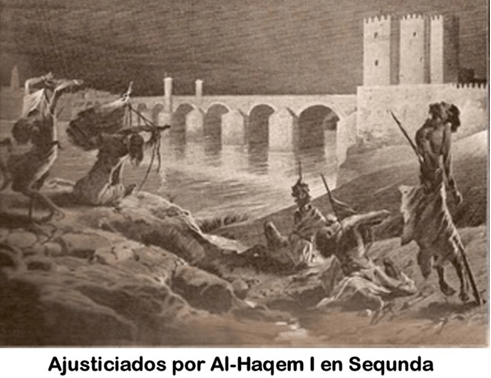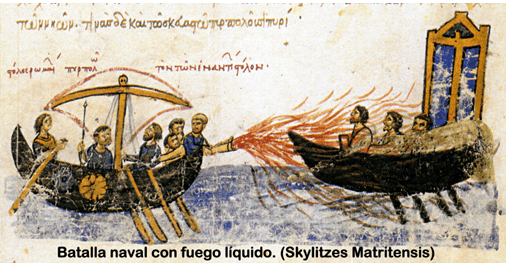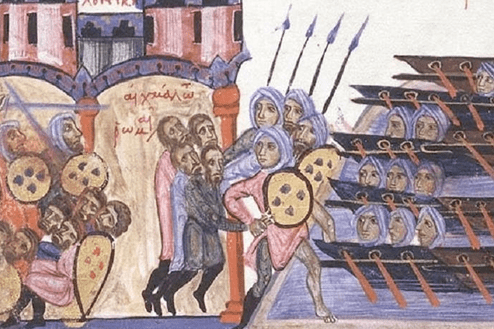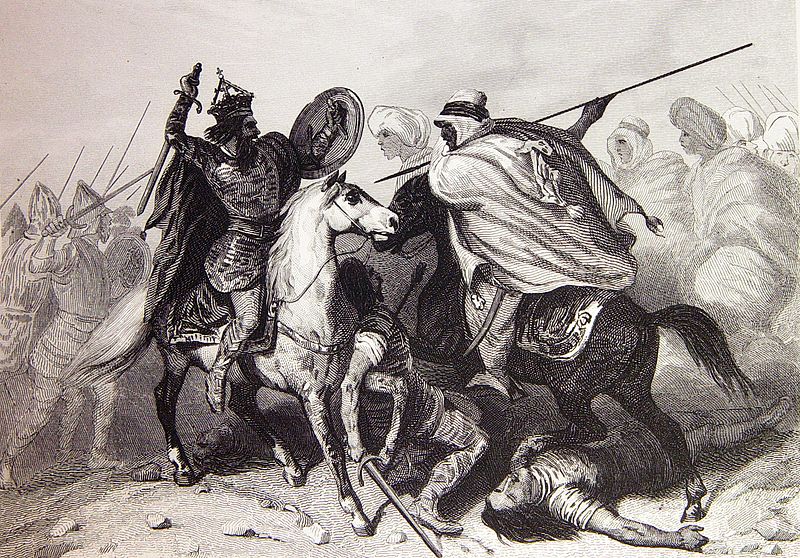I'm guessing that your question is based on the presumption that Hitler was despised in the US as much at the beginning and early years of WWII as he was by the end of WWII. This however is not the case. This doesn't get covered much in how the history of WWII is typically taught since let's say the 60's. It may go back even further but I can't say for sure since I was not alive in the 50's and most of the people I knew who were are now gone from this world. From my generation on though WWII was taught mostly from a perspective that Hitler was always viewed as evil and no self respecting American would have anything to do with him. Yet sadly this is not really the case. There is a great deal of the early stages of WWII that get glossed over that had a great many in the US not as against Hitler as one might expect. Of course much of that was because they didn't realize yet that he had a very dim view of Americans that wasn't much better then how he viewed the Jews. He basically saw us as mongrel dogs that turned on our European masters and as such we needed to be put in our place. Since America was largely unaware of this or that Hitler planned all along to conquer and take over the US once he finished with Europe. There were many who were perfectly content with looking the other way just so long as we were allowed to remain out of the battle and yet still profiting mightily from the war like we were. In a way the attack on Pearl Harbor by Japan was a blessing in disguise because if it weren't for that bringing us into WWII we might have sat here quietly looking the other way. Had we not gotten involved Hitler probably would have taken over Europe and then come after the US and we would have been ill prepared for that invasion.BOOK: Webster Tarpley and Anton Chaitkin, "George Bush, The Un-authorized Biography".
note Chapter 2, "the Hitler Project".
Wall Street was caught loaning money to WW2 Germany in October 1942 - in the middle of the War.
Mr. Prescott Bush, father of one US president and grand-father of another, was managing the bank whose assets were seized.
Then, in the early 1950', Prescott Bush was elected to the US Senate for Connecticut.
How can a man who was caught loaning money to Mr. Hitler, during the middle of WW2, then get elected to the US Senate - especially if he contributed to the alleged Holocaust ?
This book is one of 3 that shatters the official story of WW2.
Chapter 2 – The Hitler Project « TARPLEY.net
tarpley.net
So the answer to your question as to how Prescott Bush managed to be elected to political office is likely due to the fact that there were many in the US that were less hostile to Hitler then history classes would have people believe and so even though it was a scandal that a bank he was managing was caught loaning money to Germany in 1942, his role in that was likely not seen as being as damning as someone growing up in the 60's or later might expect. America was doing very well in the beginning of WWII thanks to the Lend-Lease Bill that then President Roosevelt signed into law. Not only were we making big money providing food, fuel and weaponry to the Allied nations it was also seen by many as a way of keeping the war out of the US. It did however also position us very well to enter WWII after Pearl Harbor since we were already mass producing the weaponry we would need which is how we were able to become such a dominant force so quickly. The Attack on Pearl Harbor though allowed us to get involved on our own terms though. It likely would not have gone as well for us had the event bringing us into WWII was an invasion by Germany with the military might Germany had control of at the time.

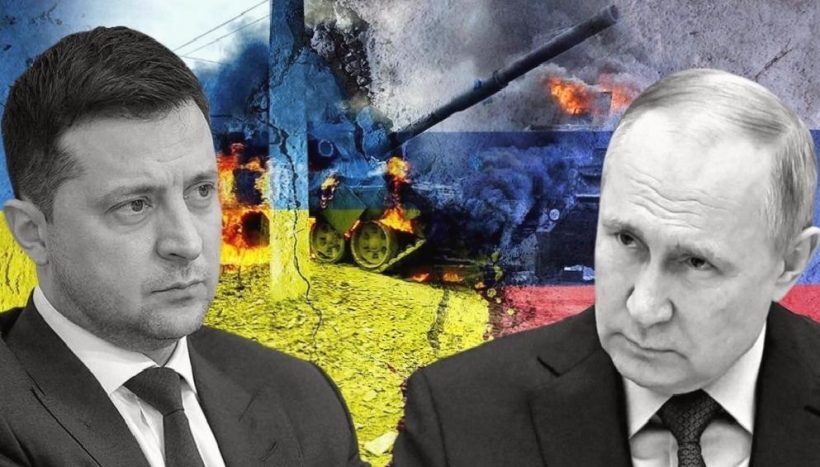
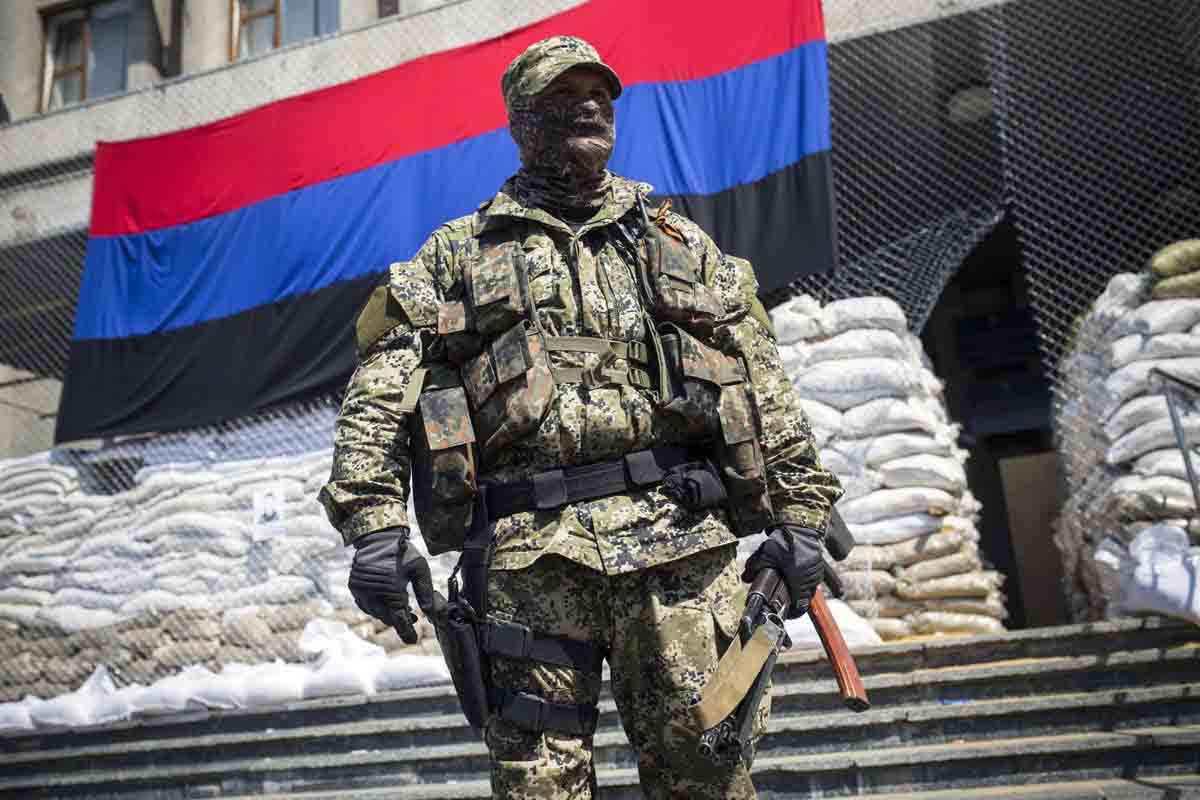




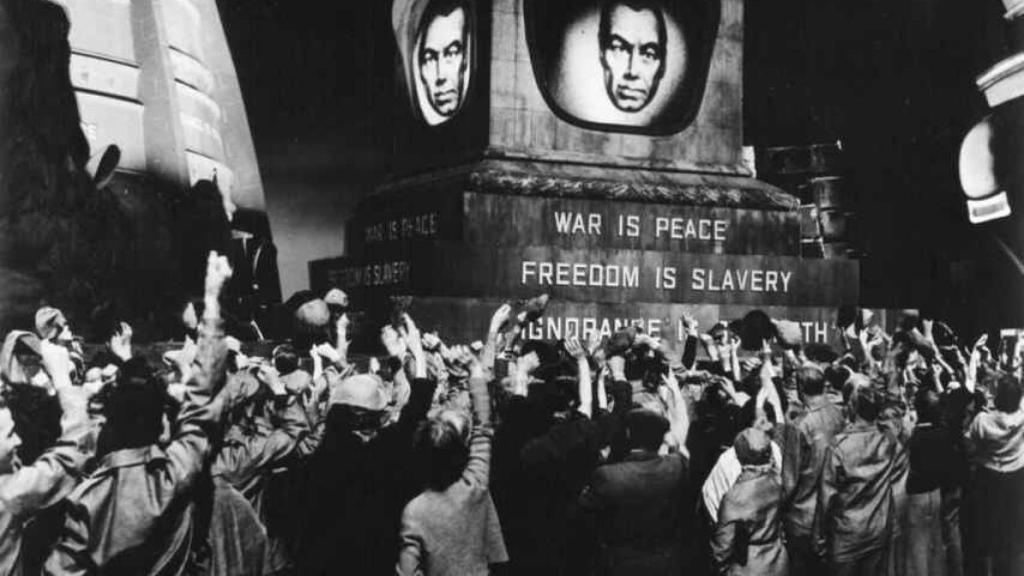


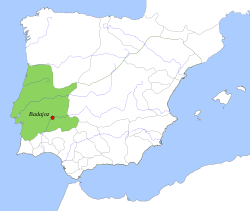





 Carmen Baker Delgado
Carmen Baker Delgado
